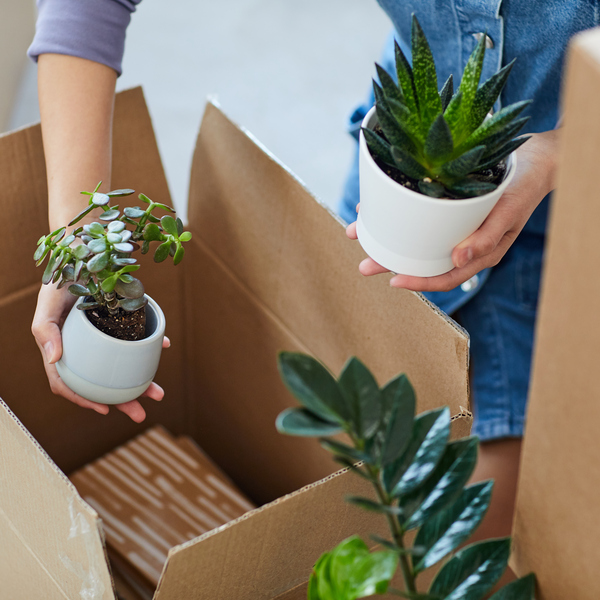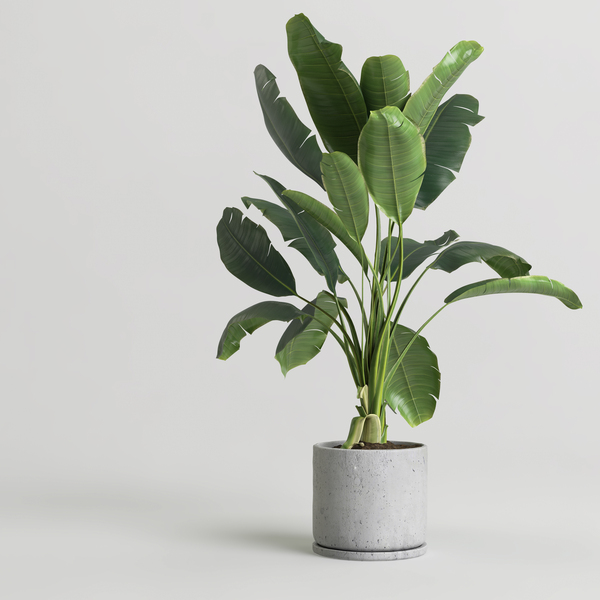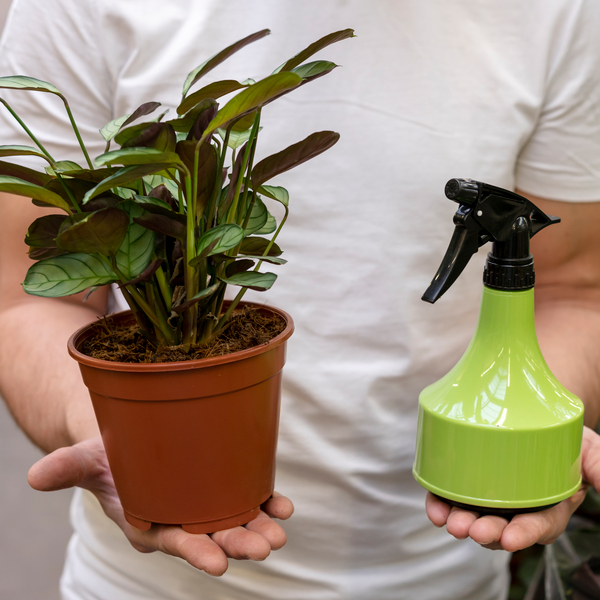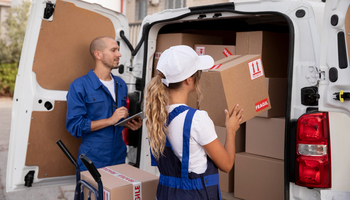Services de demenagement
Services de bricolage
Vous avez un demenagement, un projet ou une tache en tete ?
Contactez l'equipe Moovick pour resoudre le probleme
Contactez l'equipe Moovick pour resoudre le probleme
Are you sure you want to quit?
Report
Télécharger la photo
Telecharger la video
Telechargez jusqu'a 10 images de 15 Mo chacune au format .jpeg et .png
Telecharger des videos jusqu'a 90 Mo au format .mov et .mp4












